With stunning snow-capped peaks, pristine snow-packed trails, and seemingly endless blue skies, there’s no denying that winter in Colorado is simply magical. While thousands flock to the ski slopes and the backcountry for epic mountain adventures, there are many other under-the-radar places in Colorado to experience in the winter.
Discover these unexpected winter excursions in Colorado and start planning your trip today. For those looking for experiences outside of skiing and snowboarding, consider these Colorado winter activities that not skiing.
Roxborough State Park
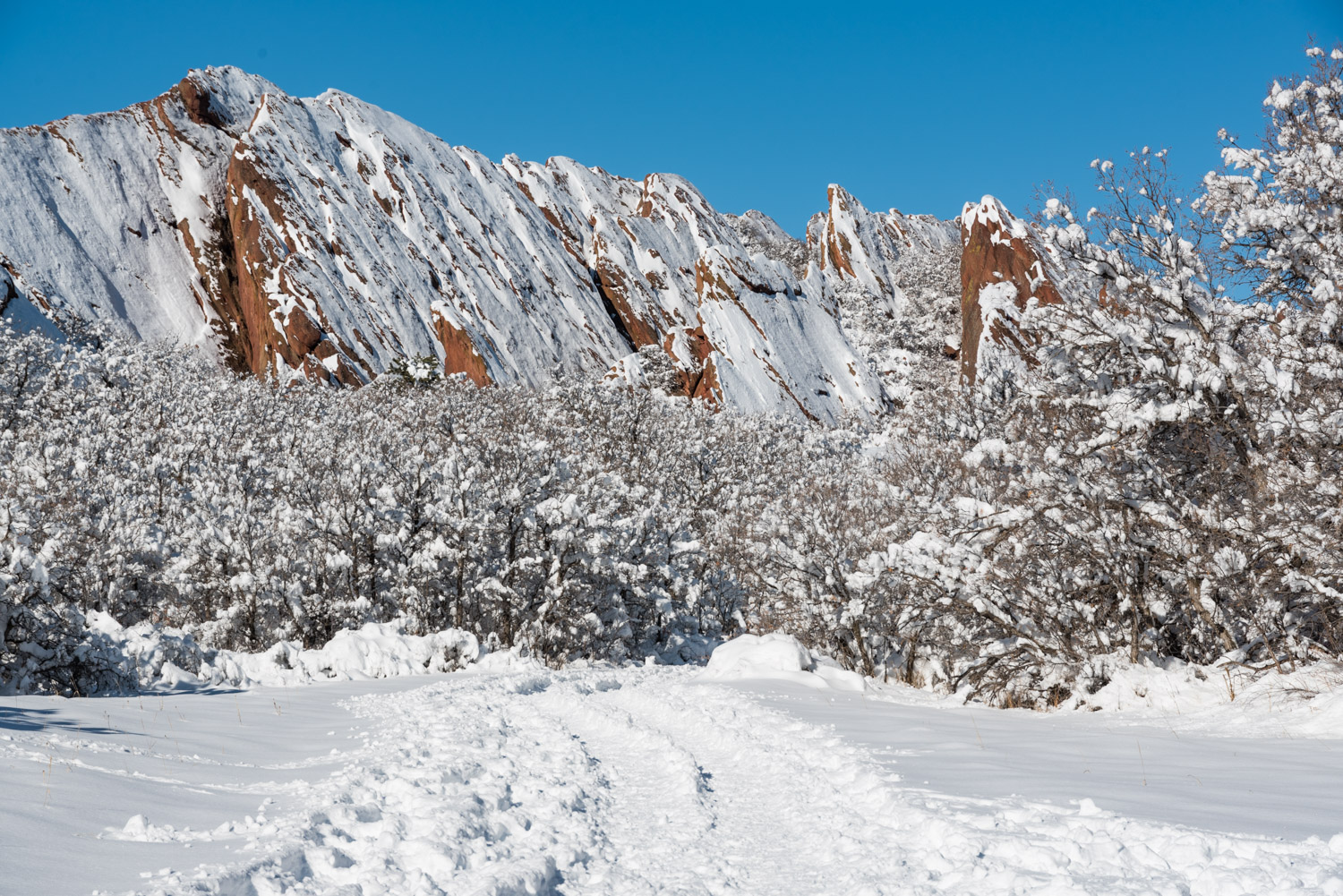
Located roughly 30 minutes south of Denver, Roxborough State Park is a local favorite for hiking, wildlife viewing, and its unique scenic landscape. Spanning 4,000 acres, the park is filled with distinctive red rock formations that lay the groundwork for unforgettable views.
While the park’s busiest season is summer and fall with its many hiking trails, it is also a popular winter destination as well. One of the reasons this park is particularly enjoyable in the winter is the contrasting scenery that arises when the red rocks greet a fresh layer of snow.
In the winter, when there is enough snow, visitors can enjoy the park by snowshoeing or cross-country skiing. If conditions are mild, hiking in your winter boots alone is possible with the park’s relatively flat trails. A great trail to start with is the Fountain Valley Trail. It is a 2.5-mile loop with two overlooks and a historic site.
Mesa Verde National Park

Visiting Mesa Verde National Park in the cooler months is one of our favorite winter experiences in Colorado. While the tours of the park are done for the season, there is a certain quietness and beauty that settles in between November and March.
Aside from the fewer crowds, Mesa Verde opens up an entirely new world of exploration in the winter and early spring. Visitors will enjoy cross-country skiing, snowshoeing, and hiking opportunities in a quiet winter landscape.
One of the most popular places in the park to cross-country ski or snowshoe is along the Cliff Palace Loop road. It is a six-mile un-groomed loop with options to ski to the Cliff Palace overlook. The road closes to vehicles in the winter on December 1 or after the first significant snowfall.
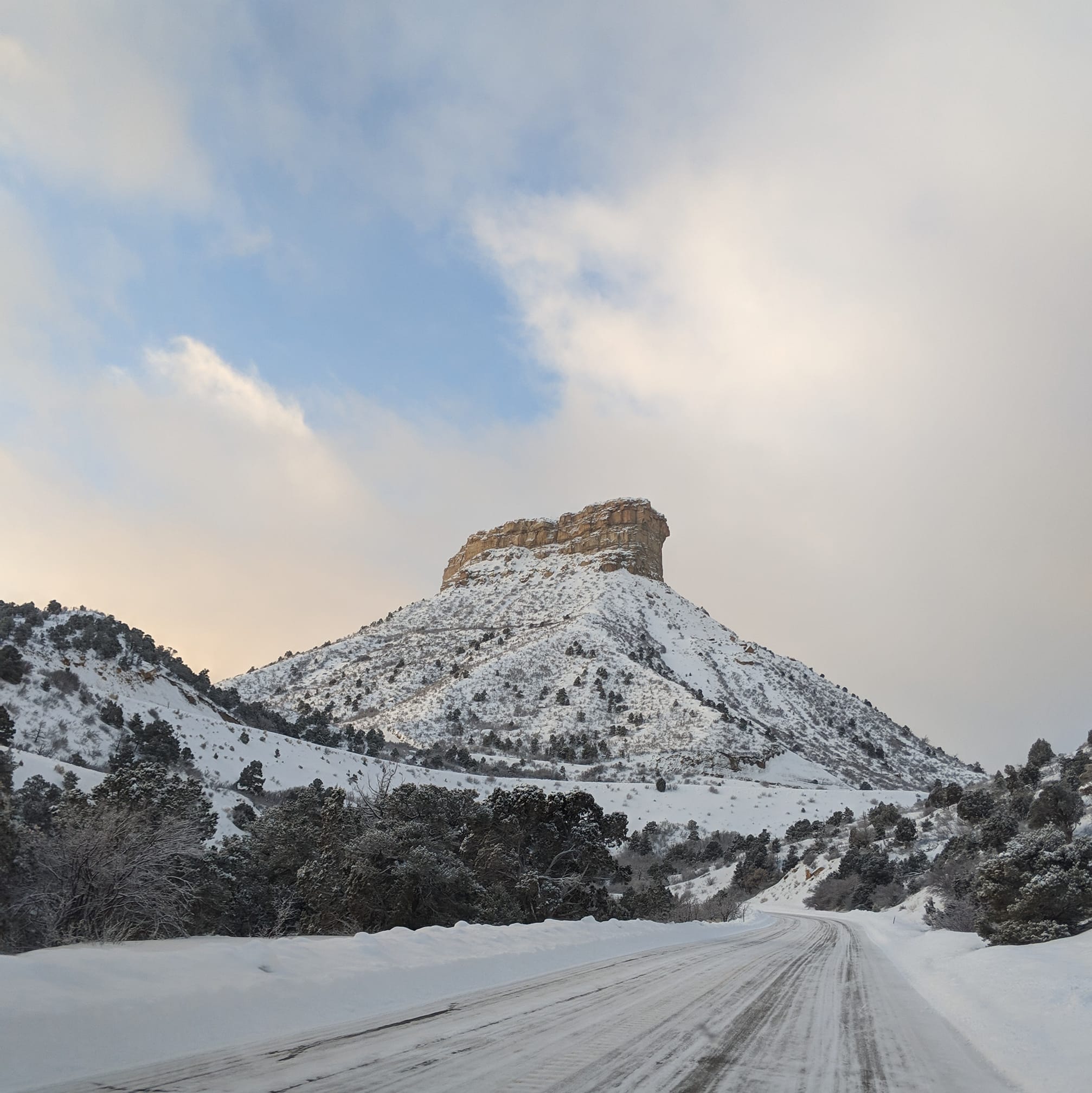
If you prefer to stay in your car, drive the Mesa Top Loop Road to explore 700 years of Ancestral Pueblo history. Do note that during snowstorms, the loop may briefly close until the road and walkways are cleared. So, be sure to check the road conditions before going.
View Spruce Tree House, the park’s third-largest and best-preserved cliff dwelling. The house itself contains 130 rooms, and eight kivas, and may have housed up to 80 people. The view of the Spruce Tree House is particularly beautiful in winter, just after a fresh snowfall. You can observe from areas near the museum or take the trail to the lower viewpoint. It is short but steep and can be icy so use caution.
Snowshoes are available for loan at the park entrance station. Information on winter trails and trail conditions is available online. You can also find out about conditions and which winter trails are open by calling 970-529-4622 or 970-529-4631.
Colorado National Monument
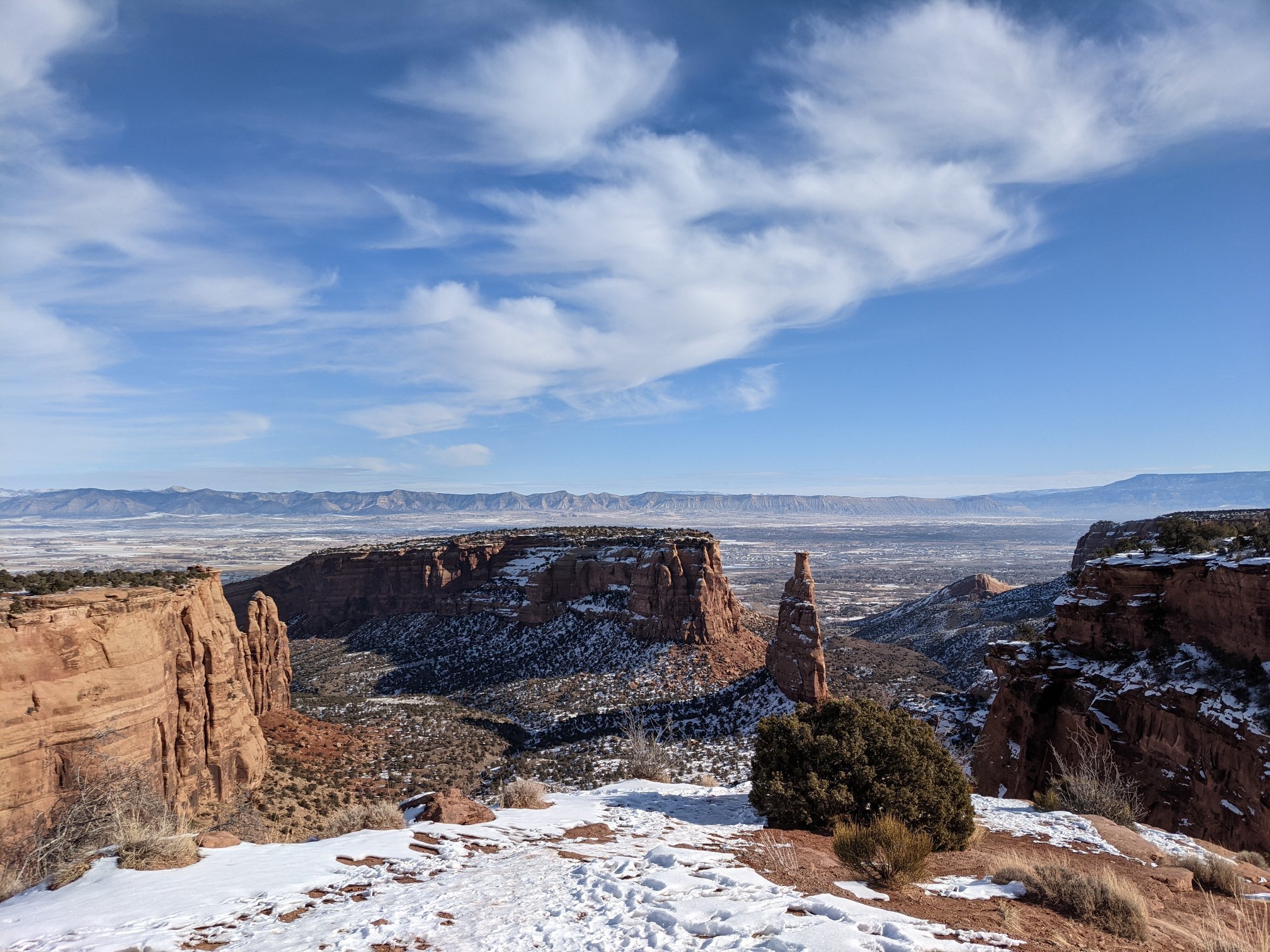
Avoid the harsh winter conditions that exist in Colorado’s mountains and check out the warmer part of the state at the Colorado National Monument. Located just six miles from downtown Grand Junction, the majestic Colorado National Monument is often an overlooked destination for many travelers.
Spanning over 20,000 acres, the area is home to sheer-walled canyons that slice into sandstone, granite, and many other rock formations. Amongst the vast plateau and canyons, the monument is also home to an abundance of wildlife such as bighorn sheep.
Its biggest appeal in the winter is its mild winter conditions. The monument and area surrounding it are considered high desert, which provides a temperate year-round climate and mild winters.
In the summer temperatures can reach as high as the low 100s on the valley floor. While average low temperatures reach 20 degrees. Winters at the monument are generally mild, with little to no snowfall.
While the monument hardly sees any snow in the winter, it is truly a special occasion if you can catch it right after a fresh dusting of snow. The canyon walls and valley floor take on a new light with towering rock formations covered in a blanket of snow.

Hands down one of the top things to do in the winter is to drive the historic Rim Rock Drive. See the unique geology that forms the park with rock layers dating back to the 1.7 billion-year-old pre-Cambrian gneiss, schist, and granites that make up the bottom of the canyons, to the younger sandstones and shales at the top of the road.
The drive, without stops, takes roughly 45 minutes and features several scenic overlooks to get out and take in the view. Several trails start at the road where you can explore the canyons below.
For current weather conditions and closures, be sure to consult the park’s website.
Black Canyon of the Gunnison National Park
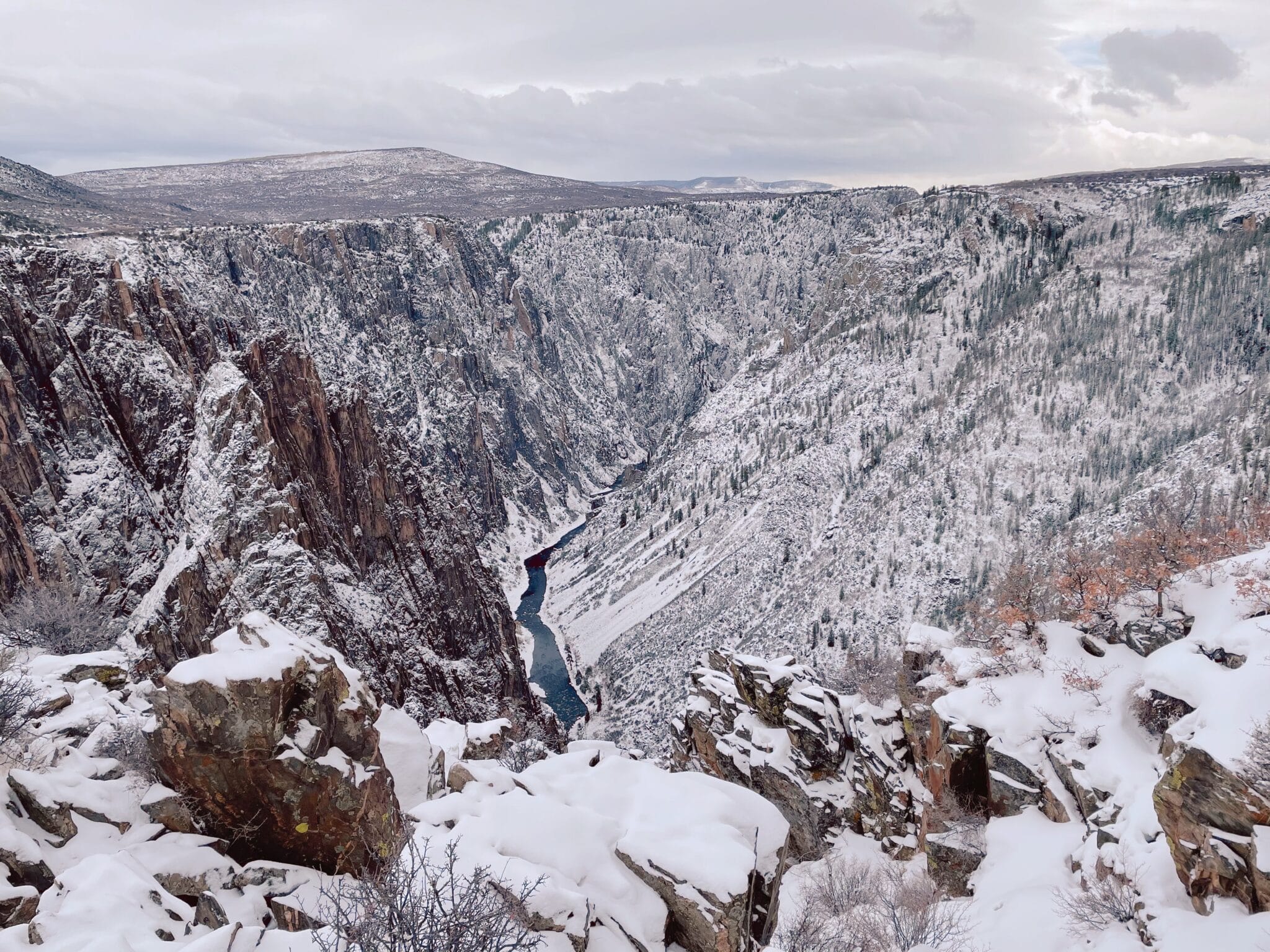
Located on Colorado’s Western Slope, the Black Canyon of the Gunnison is a small but steep canyon sculpted by the Gunnison River. While on the smaller size at only 30,750 acres, the park’s canyon features walls that climb 2,700 feet above the river. The canyon’s steep and narrow walls make it hard for sunlight to enter, leaving most of it in the dark, hence the name Black Canyon.
The Black Canyon of the Gunnison National Park is Colorado’s least visited National Park, most likely due to its smaller size and somewhat more remote access points. But its striking landscape of dramatic cliffs, deep canyons, rugged canyon walls, and roaring rapids should not be overlooked, especially in the winter.
For a unique winter experience in Colorado, visit after fresh snow blankets the canyon. The contrasting white snow offers a delicate balance to an otherwise intensely rugged canyon while accentuating every detail, down to the bottom floor where the Gunnison River forges through.
One of the best ways to experience the Black Canyon of the Gunnison in the winter is with activities such as Nordic skiing and snowshoeing. While the main road leading into the park remains open it is plowed, and it closes beyond the South Rim Visitor Center.
From the visitor center, adventurers can park their cars and trek out as far as they would like beyond the road closure, all the way to end at High Point. The road is six miles one way, making the out-and-back trip a total of 12 miles. The road’s groomed, wide, and relatively flat route makes this great for beginners.
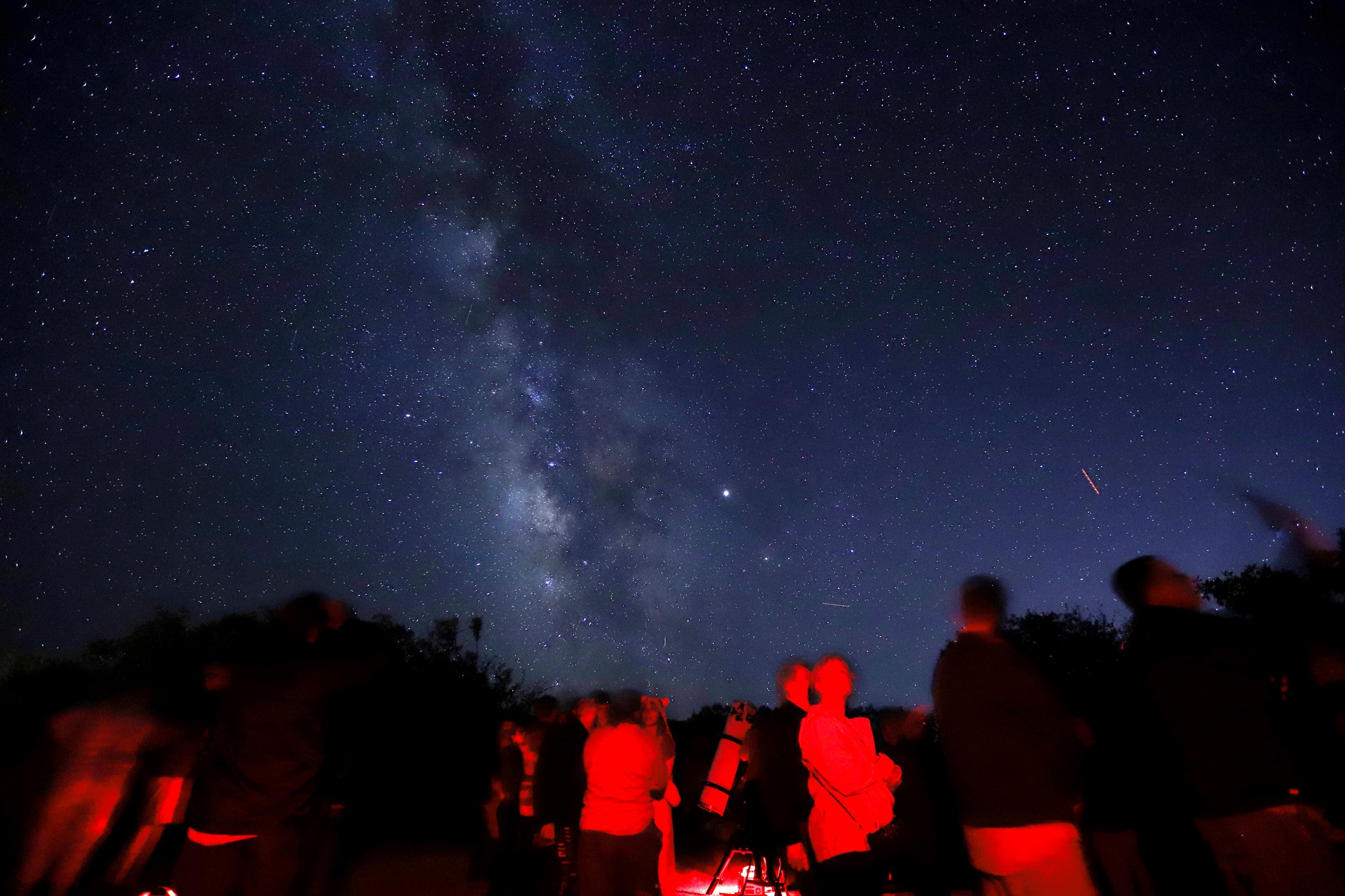
Another great reason to visit in the winter is to view the night sky. In 2015, the park became certified as an International Dark Sky Park due to the steps they have taken to preserve the night sky including only using artificial lighting necessary for safety and all outdoor lighting devices using low-energy, low-impact bulbs with shields that direct light to the ground.
While it’s true that celestial beings such as the Milky Way are best seen in the summer, winter is better for overall stargazing. Cold air holds less hazy moisture, so clear nights are even clearer. Plus, longer nights allow for a darker sky earlier so you don’t have to stay up past your bedtime.
In the park, the best places for stargazing are at the overlooks far from the road. Shielded South Rim overlooks include Chasm View, Dragon Point, and Sunset View.
The best part about visiting the park during the winter is that the entrance to the park is free. Simply park at the South Rim visitor center and walk in free of charge. Note: there are two access points into the park, the North Rim and the South Rim. But in winter, the North Rim access point is closed, leaving the South Rim your only point of entry.
Pawnee Buttes
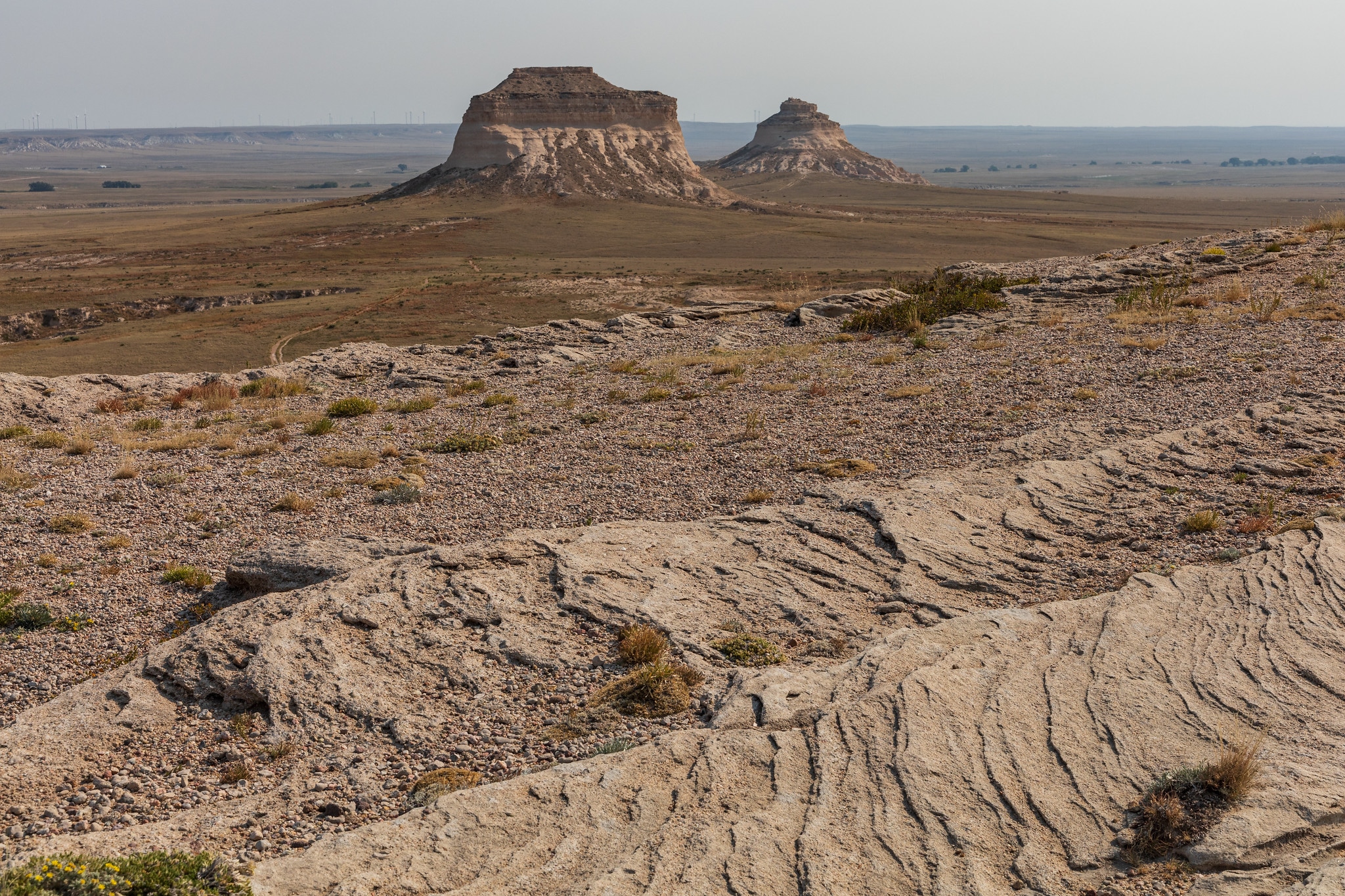
While most head to the mountains for playtime in the winter, Colorado has a few hidden treasures out east that are worth the gas mileage. Venture 112 miles northeast of Denver to the Pawnee National Grasslands where you will find the Pawnee Buttes. Rising 300 feet above the prairie grasslands, the Pawnee Buttes are geological remnants of the surrounding High Plains surface that has slowly eroded over time.
The best way to experience these formations is up close with the Pawnee Buttes Trail. The first 1.5 miles lead hikers to the first Butte with the second Butte on private land but still very visible from the trail. Spring, fall, and winter are the best times to visit as summer can be very hot and there is no shade on the trail.
If you can catch it just right after a fresh snowfall, cross-country skiing and snowshoeing is a real treat out east. Where the sky meets the plains, flat expansive prairie lands give way to a peaceful skiing experience. It’s the perfect winter escape without the crowds and steep mountains to climb.
Winter is no time to stay indoors with these unexpected winter experiences in Colorado waiting for you.
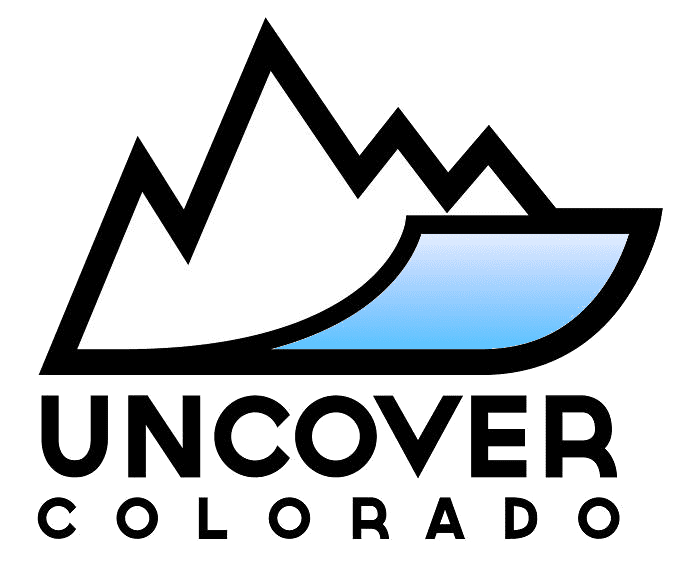

 Is Kehoe, Colorado a real place?
Is Kehoe, Colorado a real place?